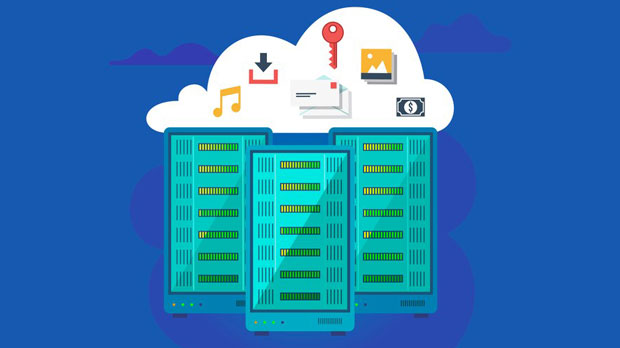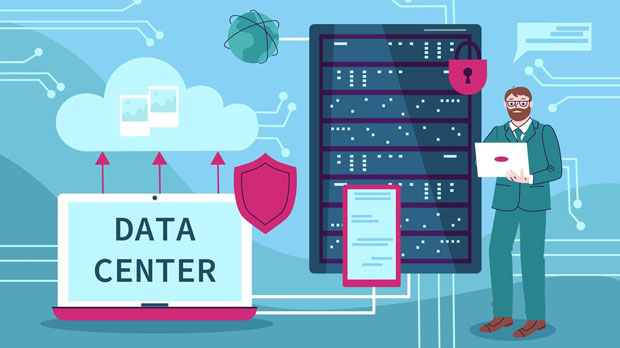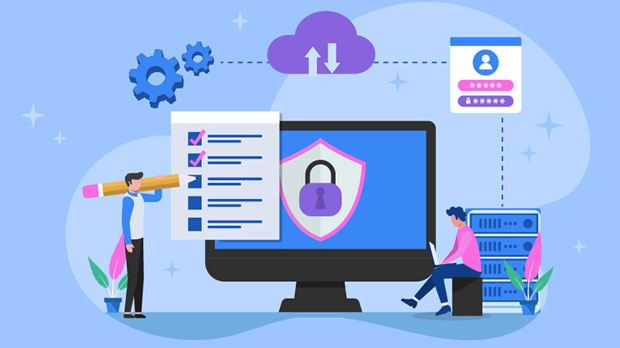When selecting a PYPROXY residential proxy service, it's essential to evaluate several key factors that ensure quality, reliability, and security. A high-quality residential proxy service offers anonymous browsing with real residential IP addresses, giving users the ability to bypass geographical restrictions and perform data scraping, social media management, or ad verification without being detected. By understanding the key features, performance benchmarks, and customer support options, you can make an informed choice that aligns with your needs and guarantees smooth, secure, and efficient online activities. This article will guide you through the various aspects to consider when choosing a residential proxy service for PyProxy. Key Factors to Consider When Choosing a High-Quality Py proxy residential Proxy ServiceChoosing the right residential proxy service is a critical decision for businesses and individuals looking to enhance their online operations. PyProxy provides access to thousands of residential IPs, offering unparalleled anonymity and security. Below are the main factors that play a crucial role in evaluating the best residential proxy service.1. IP Pool Size and Geographic CoverageThe first thing to consider when choosing a PyProxy residential proxy service is the size and diversity of its IP pool. A larger pool of IPs across various regions means more options for users, especially those targeting specific geographic areas. It's important to check if the service provider offers proxies from multiple countries and regions, as this allows users to bypass restrictions and access content globally. Additionally, having a wide array of IP addresses minimizes the risk of getting blocked or flagged by websites, ensuring uninterrupted browsing.2. Speed and ReliabilityPerformance is crucial when selecting any proxy service. A high-quality residential proxy should provide fast and reliable connections, enabling seamless browsing, data scraping, or any other tasks. Latency, speed, and uptime are the primary metrics to evaluate the quality of a service. PyProxy’s residential proxies should ideally deliver high-speed connections without noticeable delays. Slow proxies can significantly hinder performance, so it’s important to test the service’s speed before committing to a long-term contract.3. Security and AnonymitySecurity is a top priority for anyone using a proxy service. Residential proxies are often used for more sensitive activities, such as market research, account management, or bypassing online security filters. As such, ensuring that the PyProxy residential proxy service you choose offers a secure, encrypted connection is vital. Additionally, privacy features such as IP rotation, SOCKS5 support, and HTTPS protocols should be in place to protect your data and identity. It’s also important to consider the service’s logging policy, as it should ensure no data is kept that could compromise your privacy.4. Customer Support and Service ReliabilityAnother critical aspect when selecting a high-quality PyProxy residential proxy service is the customer support. Ensure that the provider offers round-the-clock customer service, as issues may arise at any time. Responsive, knowledgeable support can make a significant difference in resolving problems quickly. PyProxy’s service should offer multiple communication channels, including email, live chat, and phone support, ensuring customers have access to assistance whenever necessary.5. Pricing and Value for MoneyWhile cost should not be the only determining factor when choosing a residential proxy service, it is essential to find a provider that offers competitive pricing and good value for money. Some providers offer flexible pricing plans based on usage, while others provide tiered packages that cater to businesses of different sizes. Look for services that offer pay-as-you-go options or trial periods, allowing you to test the quality of the service before committing to a full plan. In some cases, investing a bit more in a premium service can be worthwhile if it guarantees higher speeds, more reliable connections, and better security.6. Proxy Rotation and Session ManagementProxy rotation is another important feature to consider when choosing a PyProxy residential proxy service. Proxies that rotate at regular intervals make it harder for websites to detect patterns and block IPs. A high-quality service should offer automatic IP rotation, giving users fresh proxies for each request or session. This feature is particularly useful for tasks such as web scraping, where maintaining anonymity and avoiding IP bans are crucial. Look for a provider that allows flexible session management to ensure uninterrupted access.7. Use Case CompatibilityEvery user has specific needs when it comes to residential proxies. Some may require proxies for large-scale web scraping, while others may be focused on bypassing geo-restrictions or managing social media accounts. It’s important to choose a PyProxy residential proxy service that aligns with your particular use case. Check the proxy’s performance under heavy loads or specific tasks to ensure it can handle your needs. Some services may also offer specialized solutions for e-commerce, ad verification, or SEO monitoring, which can be highly beneficial for businesses.8. Ethical Considerations and Legal ComplianceWhen using residential proxies, it is essential to ensure that the service provider adheres to ethical guidelines and legal standards. The proxies should be sourced ethically, with consent from the users of the IP addresses, and should not be used for illegal activities. Ensure that the PyProxy provider has a clear privacy policy and follows applicable laws in different regions. Violating terms of service agreements or engaging in unlawful activities can result in legal repercussions, making it crucial to select a provider with strong ethical and legal compliance.9. Reputation and ReviewsBefore making a final decision, take the time to research the provider’s reputation in the market. Look for customer reviews, testimonials, and case studies that highlight the quality and reliability of the service. Positive feedback from other users can provide valuable insights into the service’s strengths and weaknesses. A good reputation is often an indicator of consistent performance and customer satisfaction.Choosing a high-quality PyProxy residential proxy service is a vital step in ensuring smooth and secure online operations. By focusing on factors such as IP pool size, speed, security, customer support, pricing, and reputation, users can make an informed decision that meets their needs. Always prioritize reliability and ethical standards when selecting a provider, as this will protect your privacy and guarantee a more efficient proxy experience. With the right service, you can enjoy uninterrupted browsing and avoid the frustrations of online restrictions.
Aug 29, 2025



































































